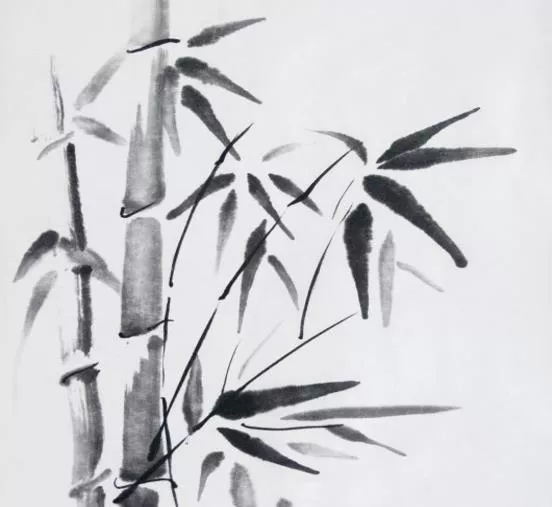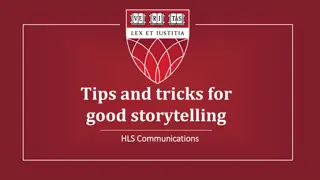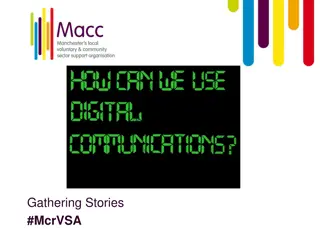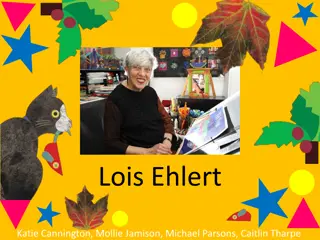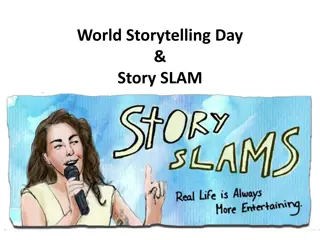The Fascinating History and Art of Kamishibai Storytelling
Kamishibai, also known as paper theater, originated in Japan in the late 1920s but has roots in ancient Buddhist storytelling traditions. It flourished during times of financial hardship and became a popular form of entertainment even during and after World War II. The unique storytelling method involved illustrations on cards with text on the back, making it a captivating experience for audiences of all ages.
Download Presentation

Please find below an Image/Link to download the presentation.
The content on the website is provided AS IS for your information and personal use only. It may not be sold, licensed, or shared on other websites without obtaining consent from the author. Download presentation by click this link. If you encounter any issues during the download, it is possible that the publisher has removed the file from their server.
E N D
Presentation Transcript
Kamishibai (kah-mee-she-bye) or paper-theater, is said to have started in Japan in the late 1920s; however, it is actually part of a long tradition of picture storytelling. Beginning as early as the 9th or 10th centuries, Buddhist priests used illustrated scrolls combined with narration to teach Buddhist beliefs to people. But then storytellers used this method of paper theater to tell secular stories on street corners.
Throughout the Edo period (1603- 1867) and on into the Meiji period (1868-1912), a variety of street performance styles evolved, using pictures and narration.
Kamishibai is, if anything, poor-mans theater, and it flourished during a time when Japan experienced extreme financial hardship. In the 1930s, Japan suffered from an economic depression that sent many people onto the streets looking for a way to live from one day to the next, and kamishibai offered an opportunity for artists and storytellers to make a meager living.
During and after World War II, kamishibai became an ever more integral part of the society as a form of entertainment that could be transported easily even into bomb-shelters and devastated neighborhoods. At this time, it was entertainment as much for adults as for children.
By the 1950s and the advent of television, kamishibai had become so popular that television was initially referred to as denki kamishibai, or electric kamishibai. But as Japan became increasingly affluent, kamishibai became associated with poverty and backwardness. Eventually kamishibai as a street-performance art all but disappeared.
Most Kamishibai stories consist of 12 to 16 sturdy cards, beautifully illustrated cards. On the back is the text. The way of telling story is unique. A story teller reads text on the back of a card and he/she pulls from the front of the stack and slides it to the stack, so that a new illustration is revealed to audiences and provides the matching story text on the back of the last card to them.




